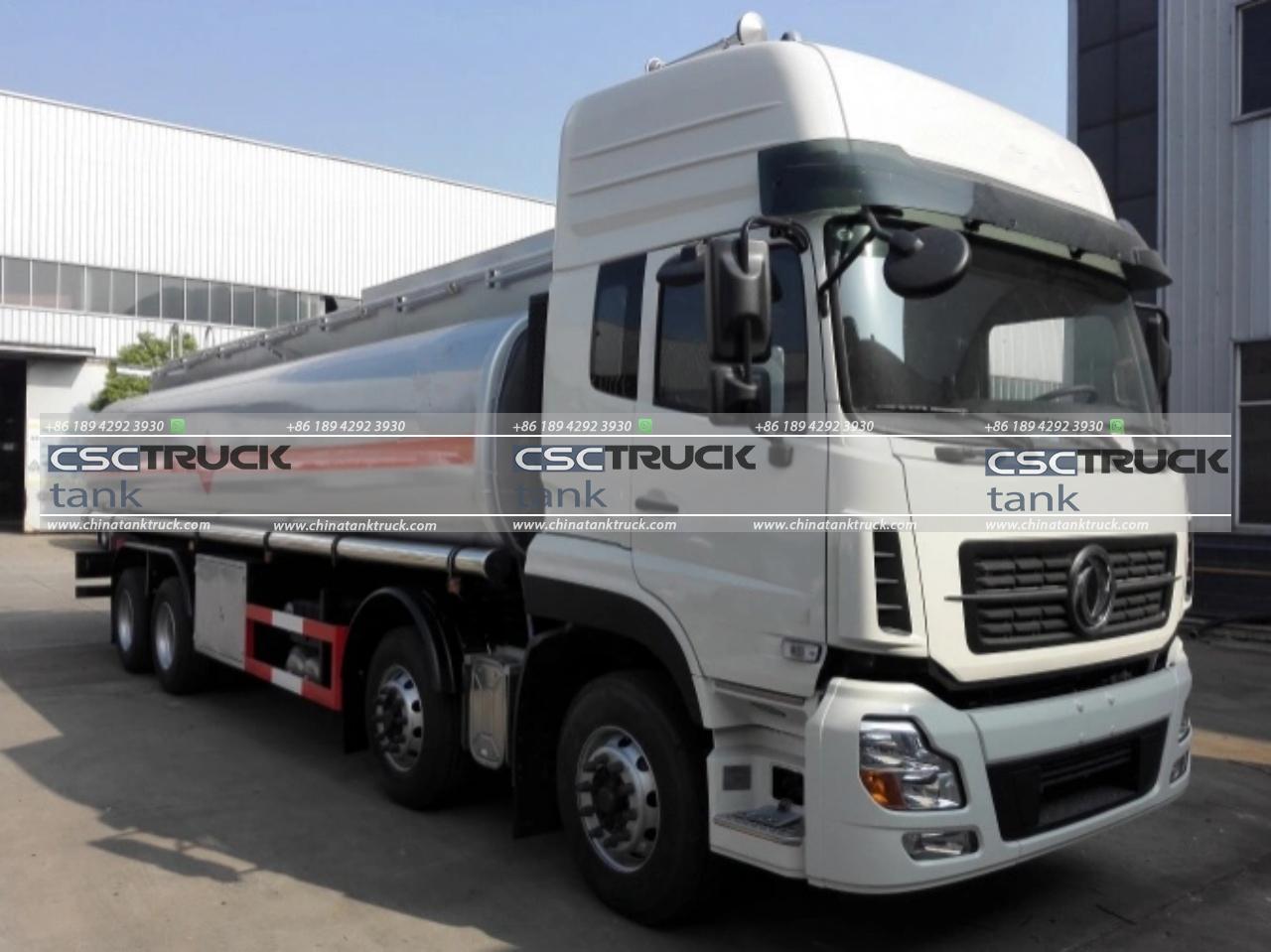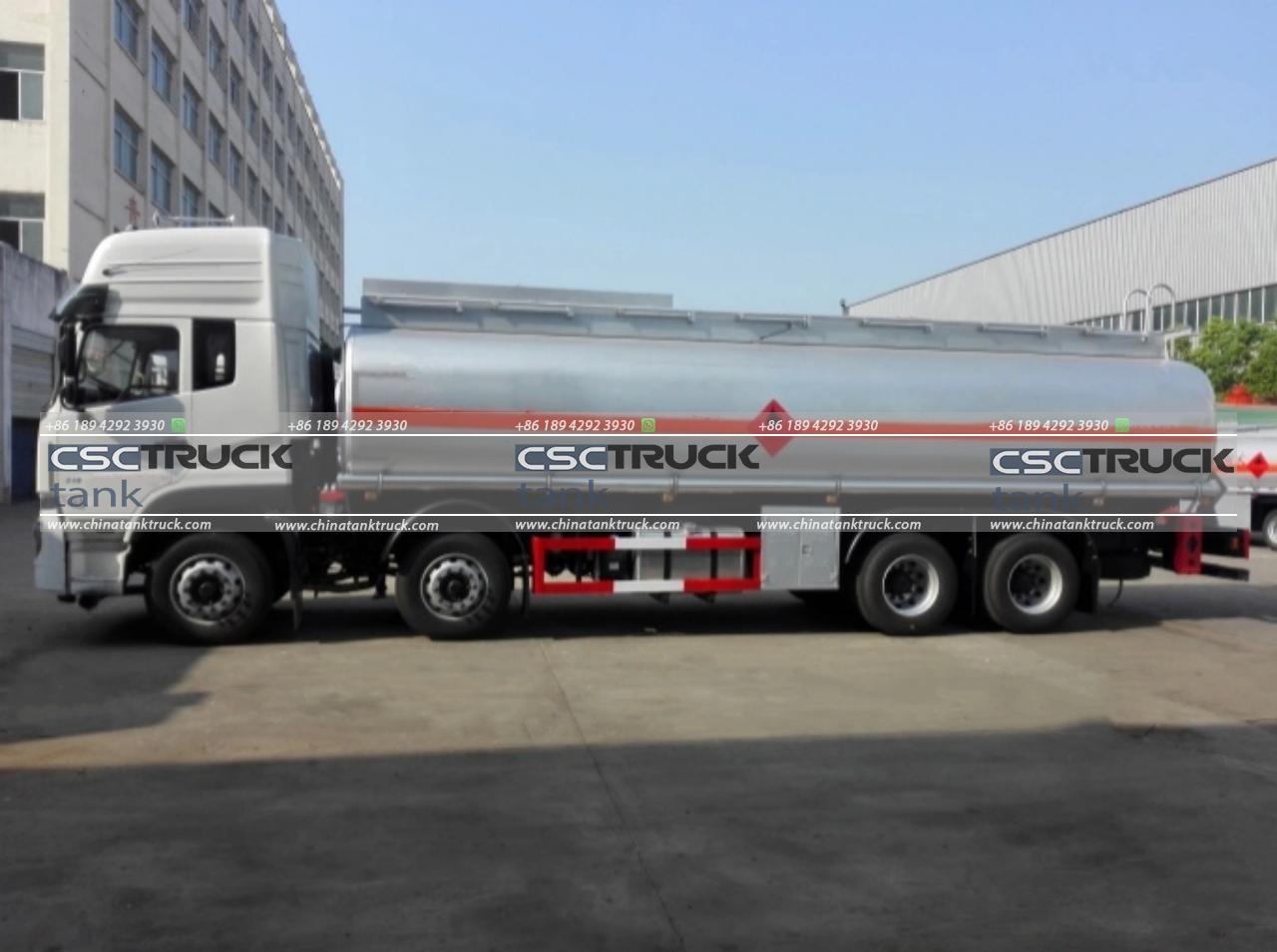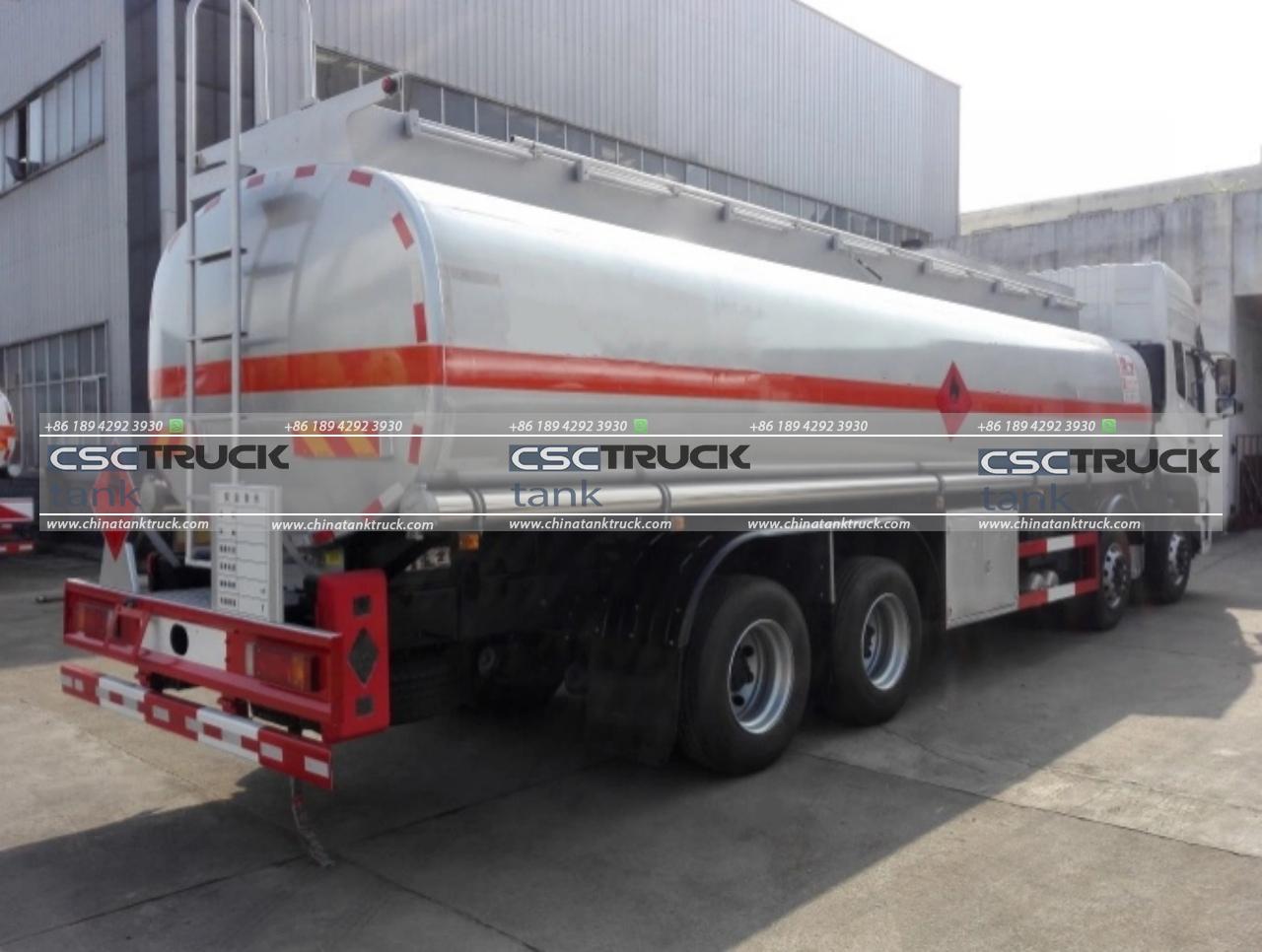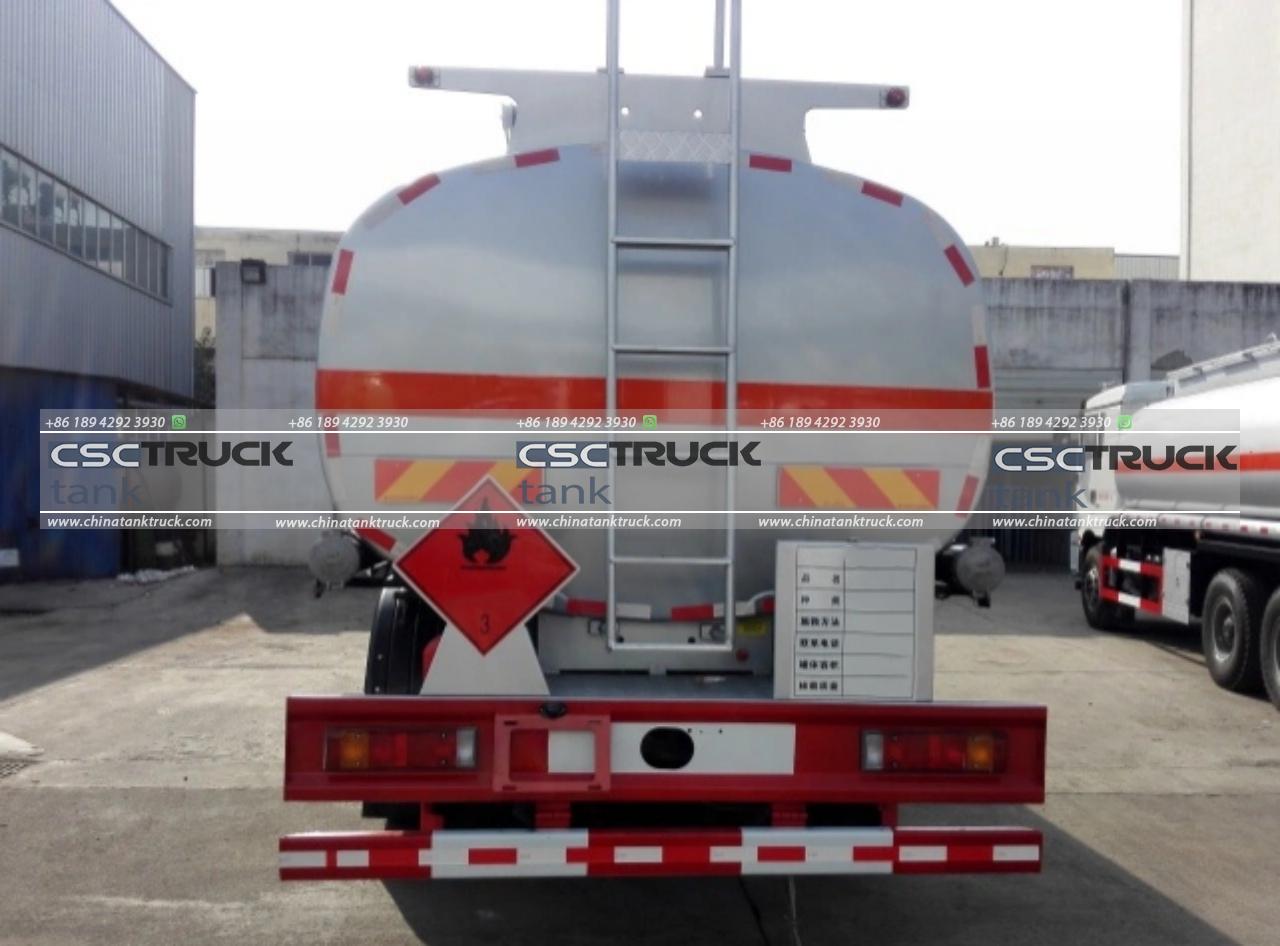How Does a Fuel Tanker Work?
Fuel tankers are crucial to transporting large quantities of fuel, including gasoline, diesel, and aviation fuel, across long distances. They ensure fuel reaches gas stations, airports, and other distribution points safely and efficiently. But how do these complex machines work? This article will explore the design, components, loading and unloading process, and safety features that make fuel tankers effective for this critical job.
1. The Anatomy of a Fuel Tanker
Fuel tankers are typically large trucks with cylindrical tanks mounted on a chassis. The tank itself is crafted to withstand pressure, prevent spills, and transport fuel safely. Key components of a fuel tanker include:
– Tank: The tank is often made of materials like aluminum or stainless steel, which are lightweight, corrosion-resistant, and durable. Aluminum is particularly common because it is lighter, increasing the tanker’s fuel efficiency.
– Compartments: Fuel tankers are often divided into multiple compartments, allowing them to carry different types of fuel in a single trip. This compartmentalization also reduces the sloshing effect as the fuel moves around, enhancing vehicle stability and safety.
– Chassis and Suspension: The chassis is a rigid structure that supports the tank. Given the weight of the fuel, a robust suspension system is required to handle load changes and road irregularities.
– Pump and Hoses: Fuel tankers are equipped with pumps and hoses for the loading and unloading of fuel. The pumps vary in design depending on the tanker model, fuel type, and specific transport requirements.
– Emergency Valves and Vents: In the case of accidents or rollovers, emergency valves and vents help prevent fuel leaks. Vents equalize the pressure within the tank, especially during loading and unloading, while emergency valves can cut off the fuel supply to prevent spills.

2. Loading and Unloading Process
The loading and unloading process of a fuel tanker is a carefully controlled operation. Here’s a breakdown:
Loading Fuel into the Tanker
1. Fuel Depot: Fuel tankers are loaded at specialized depots that store vast quantities of refined fuel. The process usually involves automated systems that monitor the type and amount of fuel loaded into each compartment.
2. Grounding: Before loading, the tanker is grounded to prevent static electricity buildup, which could lead to sparks and a potential fire hazard.
3. Connecting the Hoses: The loading hose is connected to the tanker’s inlet valve, which has mechanisms to prevent leaks. Fuel is pumped through these hoses into the tanker at a controlled rate to avoid overflow.
4. Monitoring and Measurement: Gauges and sensors are used to monitor the fill levels in each compartment, ensuring the tanker is loaded with the correct amount and type of fuel.
5. Venting and Pressure Management: Vents in the tank allow air to escape as fuel fills the tank. Pressure levels are continuously monitored to prevent tank damage and ensure safety.

Unloading Fuel at the Destination
1. Positioning the Tanker: When a fuel tanker arrives at a fuel station or another destination, the driver positions it near the fuel storage tanks, ensuring a safe distance and accessibility.
2. Safety Precautions: As with loading, grounding is essential during unloading. Warning signs are often placed around the vehicle to prevent accidents and unauthorized access.
3. Connecting the Discharge Hoses: The hoses are connected to the tanker’s discharge valves and the fuel station’s intake points. These hoses are usually equipped with automatic shutoff systems to prevent leaks.
4. Using Pumps or Gravity: Some tankers use pumps to transfer fuel into storage tanks, while others rely on gravity. In the gravity method, fuel flows naturally from the tanker’s higher position into the underground tanks at the gas station.
5. Final Checks and Disconnections: Once the unloading process is complete, the driver performs a final inspection to ensure that no fuel remains in the hoses, and disconnects all connections.
3. Safety Mechanisms in Fuel Tankers
Fuel tankers are designed with numerous safety features to minimize risks and ensure a safe transport operation. Here are some essential safety components:
– Emergency Shutoff Valves: These valves immediately cut off fuel flow in emergencies, such as if the tanker rolls over. This measure reduces the risk of leaks and explosions.
– Overfill Protection Systems: Many tankers are equipped with sensors that detect when fuel reaches maximum capacity. This system can automatically stop the loading process to prevent overfilling and spillage.
– Anti-Rollover Design: The shape of the tank, along with internal compartments, helps lower the vehicle’s center of gravity, reducing the risk of rollover during transit.
– Fire Suppression Systems: Some tankers have built-in fire suppression systems, which deploy in case of a fire. These systems may include foam sprays or dry chemicals that smother flames.
– Ventilation and Pressure Relief: Venting mechanisms prevent pressure buildup, which can lead to ruptures or explosions. Pressure relief valves open if the internal pressure exceeds safe levels, releasing gas safely.
– Spill Containment Areas: Many tankers have containment areas around their valves, so any accidental spill during loading or unloading is contained and can be safely cleaned up.

4. Challenges and Technology in Fuel Tanker Operations
Transporting fuel involves challenges such as safety risks, regulatory compliance, and environmental impact. Advanced technology helps tackle these issues, enhancing fuel tanker efficiency and safety.
– GPS and Fleet Tracking: GPS systems allow fuel companies to monitor their tankers’ locations in real-time. This tracking aids in route optimization, enhances delivery times, and improves safety by monitoring driver behavior.
– Remote Sensors and Telematics: Telematics systems provide real-time data on tank levels, temperature, and pressure. Remote sensors inside the tanker can alert the driver or dispatch center of any irregularities, such as leaks or unexpected temperature changes, which could signal a problem.
– Electronic Stability Control (ESC): ESC systems detect and reduce the risk of skidding or rollover, especially during sudden maneuvers or adverse weather. They automatically apply brakes to stabilize the vehicle, reducing accident risk.
– Fuel Management Software: For companies with large fleets, fuel management software allows precise tracking of fuel amounts being transported. It helps reduce theft and loss while ensuring the correct quantity reaches each destination.
5. Environmental and Regulatory Aspects
Fuel tankers operate under strict environmental and regulatory guidelines to prevent contamination and pollution.
– Environmental Protection: Fuel spills are highly detrimental to the environment. To mitigate the impact, fuel tankers are equipped with spill containment features, and drivers undergo training on spill response and containment.
– Emissions Standards: Tanker vehicles must adhere to emissions standards, including reducing nitrogen oxides (NOx) and particulate matter (PM). Newer models are often equipped with advanced exhaust systems, reducing emissions and improving fuel efficiency.
– Hazmat (Hazardous Material) Regulations: Fuel tankers are considered hazardous material transport vehicles and are subject to Hazmat regulations. These regulations stipulate specific labeling, documentation, and training requirements to ensure safe handling of fuel.

6. Conclusion
Fuel tankers are essential for delivering fuel safely and efficiently, thanks to a blend of advanced engineering, strict safety protocols, and regulatory compliance. By understanding the design, components, and operational procedures, we gain insight into the sophisticated machinery and processes involved in transporting fuel. Through ongoing innovation and a focus on safety and sustainability, fuel tankers continue to be vital in meeting the world’s energy demands.
The next time you fill up at a gas station, you’ll know more about the journey the fuel took to get there, from complex loading systems to advanced safety technology—each part ensuring that fuel is delivered securely and efficiently.

